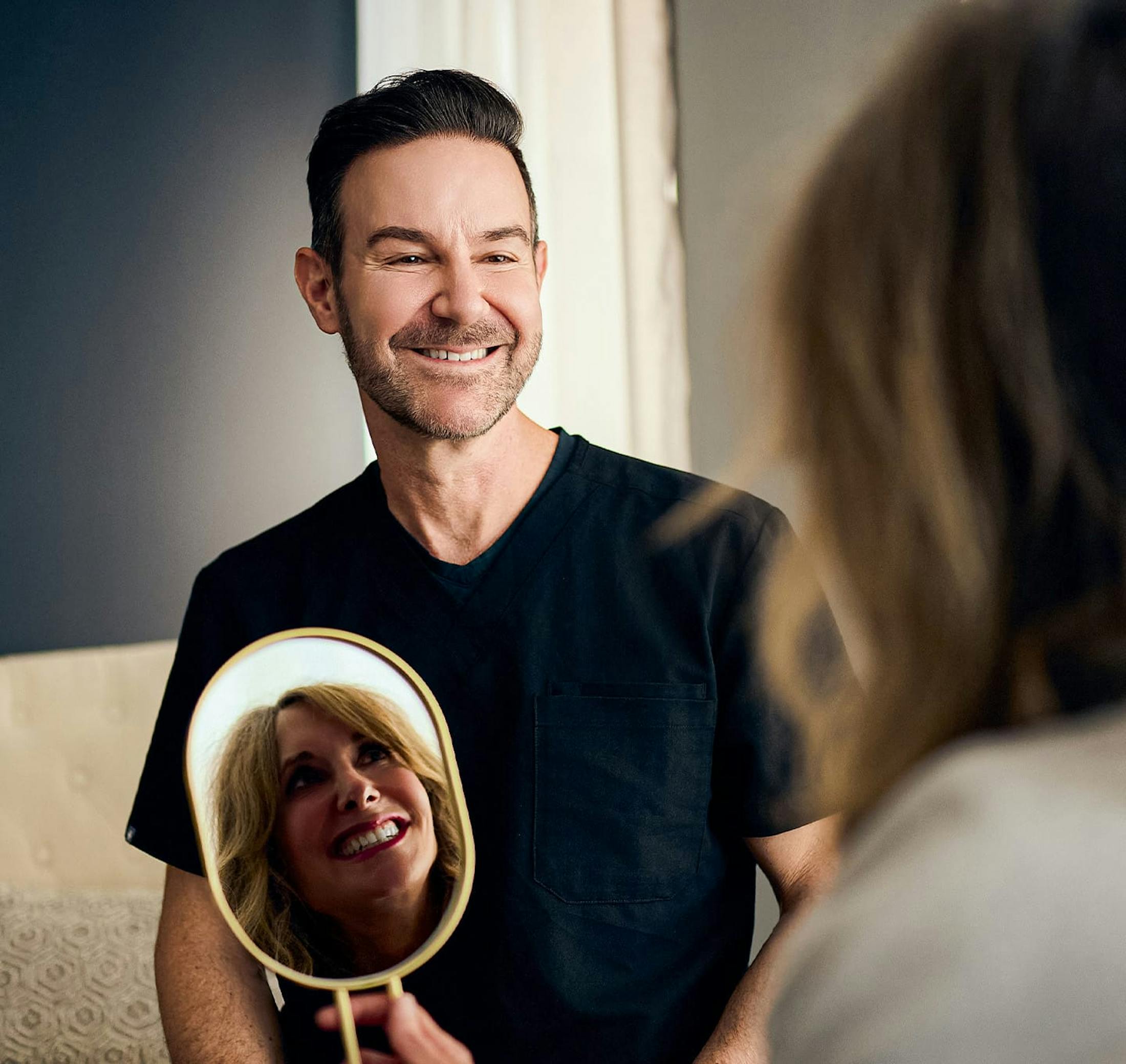The most obvious benefit of an open rhinoplasty procedure in Denver is that the surgeon is able to clearly see all of the underlying layers of the nose. This is just one of many reasons that make it preferable to most surgeons.
The open approach allows practitioners to easily measure and understand the anatomy of the patient’s nose. This ultimately allows for more precise and detailed work, leaving patients with results that are fine-tuned to their specifications and more natural-looking. While external examinations can give surgeons a good idea of what work needs to be done under the surface, there may be asymmetries and other issues that cannot be perceived without lifting up the skin.
Another advantage is that cases that require cartilage grafts can be addressed much more easily. Cartilage grafting is a delicate procedure that is much better accomplished when the surgeon can see into the treatment area and has wider access to suture the delicate structure of the nose into its final shape and position.
Openor external, rhinoplasty tends to be more effective for complicated revision rhinoplasty, significant tip reduction, straightening of very crooked noses and augmentation rhinoplasty, during which an overly small nose is enhanced. For the aforementioned reasons, many surgeons prefer to use the open approach.






